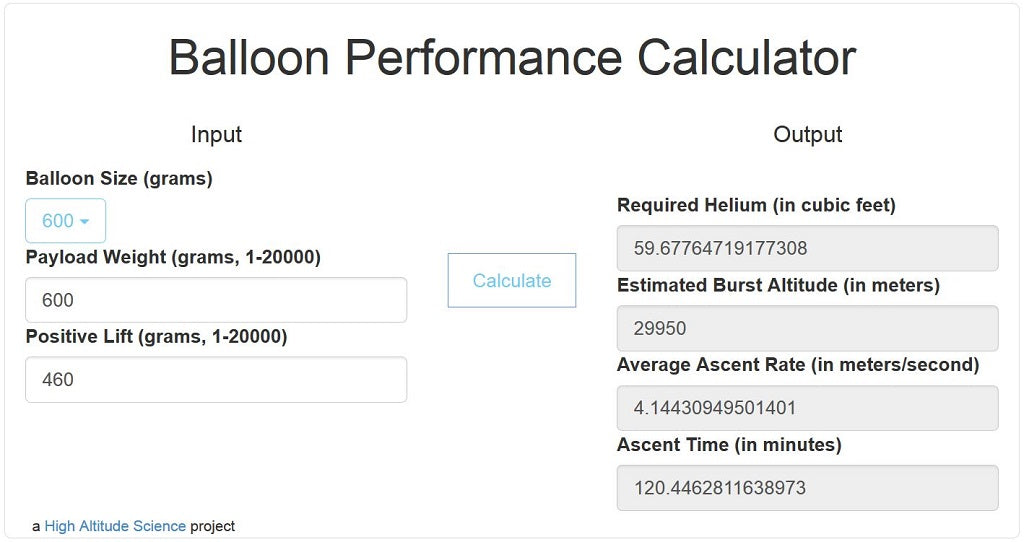Okay, so the other day I was messing around with my kid, and we got to talking about balloons. You know, the usual – why do they float? So, I got this wild idea to figure out exactly how many balloons it would take to lift something. Turns out, there’s a whole science to it, and I ended up building a little calculator thingy. Here’s how it went down:

The Brainstorm
First, I needed to get my head around the basic idea. I remembered something about helium being lighter than air, and that’s why it floats. But how much lighter? And how does that translate to lifting power? I had to dig into that.
The Deep Dive (aka Googling)
I started poking around online, looking for info on helium’s lifting capacity. Turns out, it’s not as simple as “one balloon = X lift.” There are things like the size of the balloon, the temperature, even the altitude! I found some formulas, but they looked kinda scary, with all sorts of variables.
The “Aha!” Moment
After a bit of head-scratching, I realized I could simplify things. I decided to focus on standard-sized balloons, like the ones you get at a party. I found some average lift values for those, which made things a LOT easier. I also skipped all the crazy altitude and temperature stuff, figuring we’d just be messing around in the backyard, not launching a weather balloon!
Building the Calculator (aka Spreadsheet Time)
I’m no coding whiz, so I fired up a spreadsheet. I made a simple setup:
- Input: Weight of the object (in, say, pounds).
- Constant: Average lift per balloon (I found something like 0.02 pounds per balloon).
- Output: Number of balloons needed.
The formula was pretty basic: divide the object’s weight by the lift per balloon. Boom! Instant balloon calculator.

Testing, Testing, 1, 2, 3…
I grabbed a few small objects around the house – a toy car, a book, my kid’s shoe – and weighed them. I punched the numbers into my spreadsheet, and bam! It spat out the number of balloons I’d need. It was surprisingly accurate (at least for small stuff). We even tried it with a slightly bigger toy, and it still worked pretty well, although it was a balloon party. I think we used more than 100 balloons.
Lessons Learned (and Future Tweaks)
This was a fun little project! It showed me how you can take a seemingly complex idea and break it down into something manageable. I learned a ton about buoyancy and how to build a simple calculator.
Of course, my calculator is super basic. Maybe someday I’ll add those fancy temperature and altitude options. But for now, it’s good enough for some backyard fun with the kiddo. It’s all about making learning hands-on, right? And maybe sparking a little curiosity along the way.
